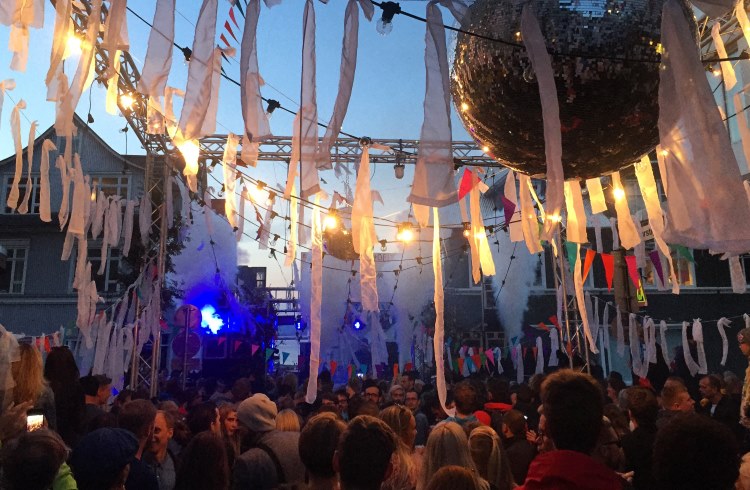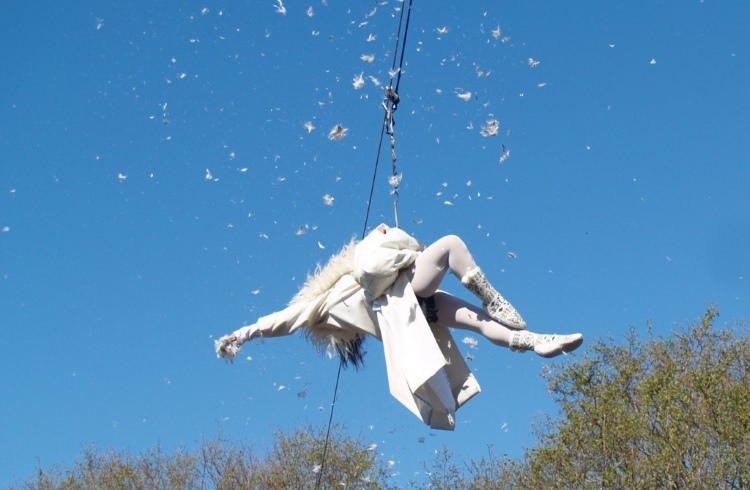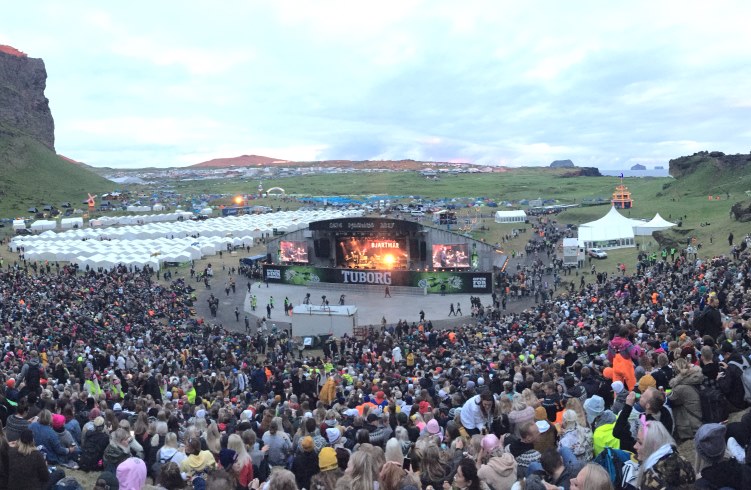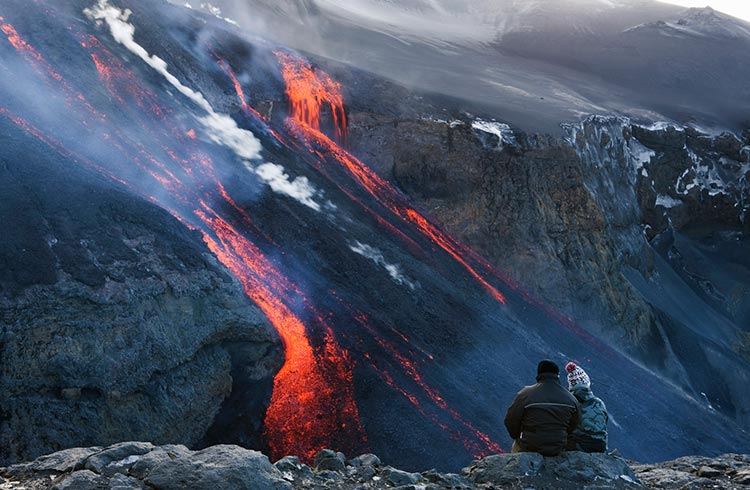Cultural Highlights of Iceland: Folklore and Festivals
When people think of Iceland, they think of fire and ice. Maybe Eyjafjallajökull too, if they can pronounce it. But that’s just the beginning. From local festivals to Icelandic folkore, here’s how to immerse yourself in Icelandic culture.
 Photo © Katrin Sif Einarsdottir
Photo © Katrin Sif Einarsdottir
- Iceland’s best festivals
- Not-to-miss music festivals in Iceland
- Icelandic art and fashion
- Icelandic folklore and legends
Iceland’s best festivals
Icelanders love festivals, especially during the summer. There’s a special Icelandic word, útihátíð, to describe outdoor festivals, since they can only happen around July or August. Along with popular music festivals like Þjóðhátíð, other festivals worth a go are Gay Pride, Culture Night, the Reykjavik Art Festival, and the Food and Fun Festival.
Winter festivals are all about feasting. Try to get invited to a family gathering for Þórláksmessa just before Christmas Eve to sample fermented skate, or join the larger community gatherings during Þorrablót in January to eat loads of sour food.

Not-to-miss music festivals in Iceland
Iceland has one of the highest ratio of bands per capita. Metal bands helped put us on the map for music in Europe, but we need to thank Björk and Sigur Rós, and more recently, Ásgeir Trausti, Kaleo, and Of Monsters and Men, for bringing international attention to the already bustling music scene.
Music festivals happen all year long, starting with Aldrei fór ég suður, a free event celebrating the diversity of Icelandic music, held annually in Ísafjörður on Easter weekend.
But the season really kicks off with the Secret Solstice music festival on June 21-22, when the sun circles the horizon without ever setting.
Þjóðhátið means “Nation’s Celebration,” and is, in theory, celebrated all over the country, but only really happens on the island of Vestmannaeyjar, which swells from 4,000 to nearly 20,000 inhabitants the last weekend of July or the first weekend of August.
There’s been a new song for written for the festival every year since 1874 and the location – a tiny valley with enormous, volcanic cliffs rising around the natural amphitheater – is unbeatable.
If you’d like a smaller, more local experience, check out Bakkaferði in Borgafirði eystri for Bræðslan at the end of July or Gæran in Sauðárkrókur in mid-August.
When útihátíð time has passed, the show for musicians must still go on. Reykjavik's biggest music festival of the year is the five-day Airwaves festival held in late October/mid-November. Locals and tourists alike flock here to see more than 200 artists from near and far at dozens of venues.

Icelandic art and fashion
It seems like most Icelanders are, in some respect, artists. It´s normal to meet a bartender who’s in a band, a tour guide who is also a movie director, a student who’s also a potter, and a banker by day, goldsmith by night. Icelanders have always been so few, and so isolated, that everyone had to do more than one thing to keep society functioning so happily.
Icelandic art and fashion relies a lot on nature, and even the farmer and fisherman are part of our artistic inspiration. Icelandic jewelry often includes lava rock, hand-knitted lamb-wool sweaters adorn everyone´s closet, and the functionality of fishermen´s gear has made it to the front line of fashion. Clothing designers like 66°N, Geysir, and Cintimani design clothing for the weather, and watchsmiths, bookstores, and fine art shops are visibly influenced by the elements.
Icelandic folklore and legends
We northerners believe in a lot of strange things, including elves, trolls, Valkyries, and huldufólk (hidden people). Even though we’re quite sane and 88% of us are Christian, it´s just more fun to keep some or our Old-Norse, pagan beliefs. Besides, the winter is long and lonely, so we need something to talk about.
Icelanders are still Vikings at heart. Even Christian traditions incorporate pagan beliefs – like the 13 yule lads, one for every day of Christmas, who steal candles, harass sheep, and make other types of mischief. Icelandic children fear the lads’ troll mother, Grýla, who sends her devilish cat to eat naughty kids.
References to the old Norse Gods are everywhere. Icelanders like to believe every rainbow is the Bifröst bridge to Ásgarður, the center of the world and home of the twelve Norse gods. Our outlaws, though they were bad men, were badasses, and we still think they´re cool, especially Eyvindur the Mountain Man, who lived on the lam in the highlands for 20 years.
Place names from the Norse Sagas still exist all over the countryside, and the four land spirits – the Dragon, Viking, Bull, and Eagle – still protect the four quarters of Iceland.
Though Icelanders have a very fun-loving culture, these traditions are not to be laughed at. Icelanders really do believe in elves and huldufólk, and say they only reveal themselves to a human who truly believes. A highway in Iceland was even moved because its planned location fell on some sacred elf sites.

Related articles
Simple and flexible travel insurance
You can buy at home or while traveling, and claim online from anywhere in the world. With 150+ adventure activities covered and 24/7 emergency assistance.
Get a quote

4 Comments
That is awesome!!!!!!!!!!!
This article brings back so many delightful memories of my visit to Iceland. We had the BEST guide. He told us of the elves' mischief, read from the sagas and sang Icelandic songs to us. I would return to Iceland in a heartbeat!!
What is the name of the tour group and guide that read you the sagas and sang the songs?
they are elves not trolls